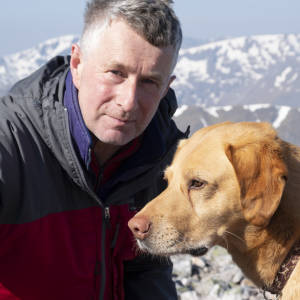Spynie
Today at work was a sharp contrast to the icy conditions we had for our walk yesterday. We were working at a quarry roughly midway between Lossiemouth and Elgin. There is a ruined palace of the same name nearby.
This was a hard shift in that heat. The casual observer must look in on a quarry and think what a noisy, dusty and seemingly disorderly place that is. While we do measurements in these sites from time to time I have picked up a little (from picking the guy’s brains) about what goes on.
Quarry management is a very long term strategy. Like us you probably need a crystal ball but you think of the quarry life in terms of decades and extraction is planned on a sequence of floor levels, develop a face and work away at that and when you get to the end drop down again. Along the way processing set ups will get moved around, ground water may be an issue and all the time the intended final landscape profile is being kept in mind.
Processing; is crushing and screening. A primary crusher is loaded from material excavated from the face and is stockpiled. This can be a product itself but secondary crushing and screening creates various sizes or size range of stones for engineering purposes, pipe bedding, railway ballast, concrete aggregate, type one sub base for road foundations. I am out of touch with it now but the specification manuals for building roads and bridges had chapter after chapter relating to quarry products and I worked on several sites where locally sourced materials would not meet the onerous criteria. Big road construction jobs usually had an on site materials lab to test everything that finally became part of the finished job.
Meeting specifications or a degree of acceptance could consume many management hours around the table and behind that were all the aggressive commercial pressures of trying to complete a job on time without losing money. I’m pleased not to be directly involved in that any more.

Comments
Sign in or get an account to comment.


